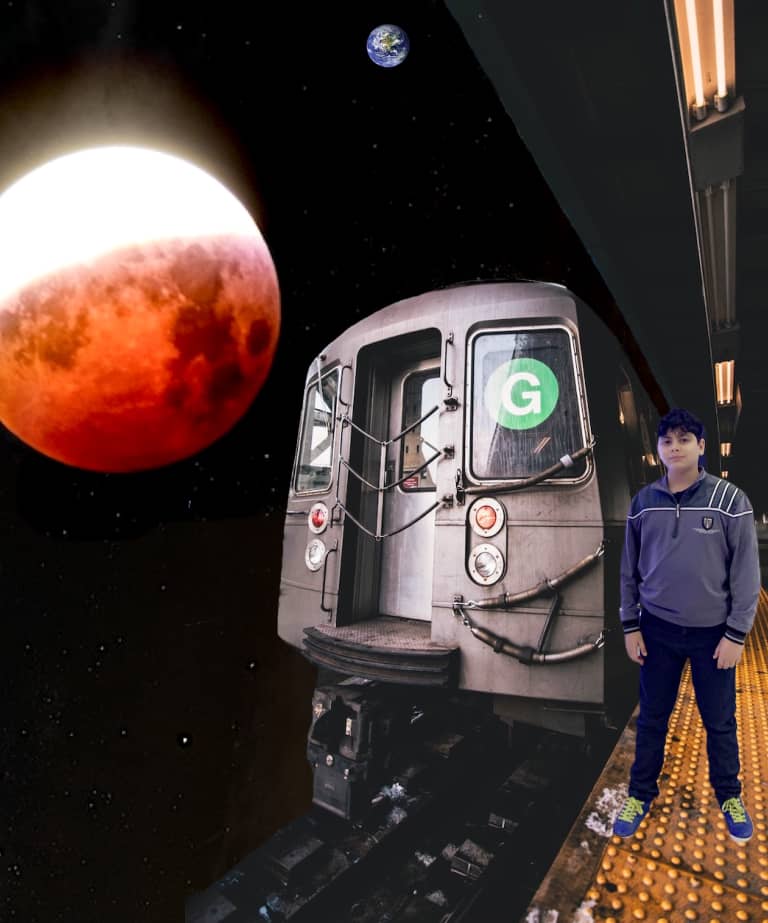The reality of COVID19 raises a critical question in the mind of Adam Ethan Loeb a young Belgium boy regarding the extinction of the human person. This questions birthed “Adam’s Dream” which for him will help in “Saving Humanity From Extinction”, by “Availing a Multiplanetary Education for the present and Future Generations“
This 12year old boy highly influenced by Elon Musk and Peter H. Diamandis believes that a multiplanetary existence could have prevented the spread of coronavirus.
This young Space Enthusiast believes that since they are the future of tomorrow, well structure Young Space Education System should be availed because the Future is Faster than we think.
In explaining his vision Adam explained, “Adam’s Dream is my vision about the future with regard to preserving our kind and other living things. This idea struck my mind during this novel coronavirus outbreak. As the spread increases day in and day out, I was scared and asked my mum the question, “mum, do you know that living in space could have saved or preserved humanity better”? My reason is, if we become multiplanetary, it will solve the problem of overpopulation and make the human person more creative and resilient.
Thus, in this project, I will be preparing my generation and the ones to come to become multiplanetary Species. We have many Space Advocates; there is no proper attention giving to the younger generation. The future is obscure for my generation, and I want to lead them to light through the help of those who know better in compliance with “Adam’s Dream” rooted in Saving Humanity from Extinction by Availing a Multiplanetary Education for the present and Future Generations. In this, we can have a Sustainable “Kosmic” Environment for Prosperous Living.
Reading the works of Elon Musk gave me the conviction that as a Multiplanetary Activist, I can do this. Elon started thinking about Space at 14 years; I began at 10years. He is no doubt my number one role model followed by Peter H. Diamandis with my effort in understanding the teachings of Sara Seager – Planetary Scientist, K. Radhakrishnan, Carolyn Porco, Jill Tarter, Neil deGrasse Tyson, Liu Yang, Steve Squyres, Louis Allamandola, and David Spergel. I will have a better approach to harnessing the reality of Multiplanetary for my generation on those to come. The reality of Space is faster than you think.”

